South Texas is facing a water crisis decades in the making.
Much of the region’s growing population relies on the Rio Grande as its sole source of drinking water. Yet in recent years, as climate change has gripped Texas and caused hotter, drier summers, the river’s flow has diminished to a trickle in some areas.
This year, months before summer has officially set in, major reservoirs on the Rio Grande are nearly empty after reaching historic lows last year. Falcon Reservoir is less than 15% full as of mid-April, and Amistad Reservoir hovers below one-third full. Last month, Hidalgo County issued a disaster declaration as a binational agreement with the Mexican government fails to deliver water from the Rio Grande, as it is obligated to do under the terms of a 1944 treaty. Farmers fear losing their crops. A sugar mill in Hidalgo County has laid off 500 people after it couldn’t access enough water to keep running.
Meanwhile in Laredo, one of the largest border towns in Texas and a booming North American land port, city leaders predict that by 2040, the city could run out of enough water to meet the demand for its population. Laredo’s 250,000 residents rely on the Rio Grande as its sole source of drinking water, as groundwater and other sources are sparse in the area.
Historically, Laredo’s approach to water resource planning and escalating demands has focused on accumulating more water rights, rather than addressing its immediate water challenges in the face of overwhelming warning signs of climate change. In its 50-year Integrated Water Master Plan, the City has outlined costly, capital-intensive projects that do not offer immediate relief to Laredo’s water challenges. The proposed solutions, from importing groundwater to desalination, will likely increase water rates for residents.
The most concerning consequence: Laredo may eventually privatize its water supply, leaving it in the hands of third-party entities that are ultimately concerned with maximizing profits.
There is a pressing need for leadership to shift away from traditional, economically and environmentally unsustainable solutions. One of the most effective and often overlooked strategies is to maximize the use of water we already have in our systems. What’s usually considered wastewater – from kitchen sinks, laundry machines and AC lines, for example – can actually be pumped back through our systems for non-potables uses like irrigation and manufacturing.
By focusing on wastewater reclamation and reuse, cities can significantly decrease their reliance on new water sources, thereby bolstering water resilience for the future. To do so, the City of Laredo recently partnered with the nonprofit Rio Grande International Study Center to spearhead the development of a Community Water and Energy Resource Center.
Here’s how it works. A CWERC is designed as a local-scale, decentralized wastewater reclamation system that stands to significantly reduce the cost of running a large, centralized wastewater treatment plant. The aim is to convert wastewater and food waste into reclaimed water and clean energy. Wastewater processed by the plant can, for example, be reintroduced into surrounding neighborhoods, creating so-called “green districts” where effluent is used to restore natural water features and enhance aquatic and riparian habitats. Methane generated from food waste can be captured and utilized to power the facility, while other organic materials present in the water can be transformed into compost, enhancing the system’s sustainability.
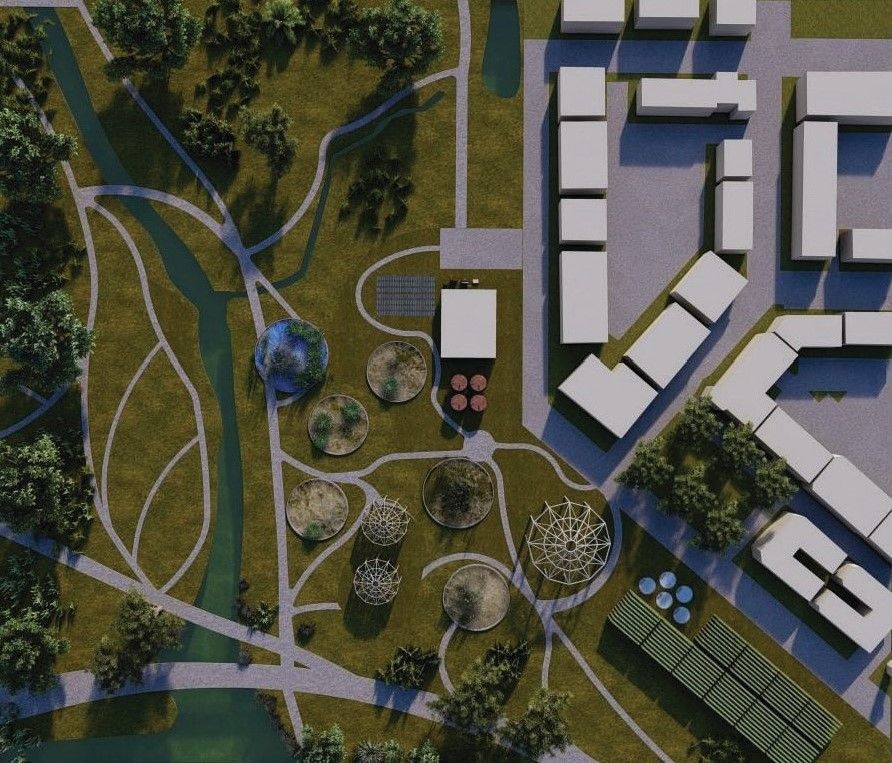
Conceptual rendering of a Laredo CWERC in generated by Harvard GSD students conducting preliminary research during a visit to Laredo earlier this year. (Courtesy RGISC)
This combination of resource recovery technologies makes CWERCs financially viable in initial modeling, making them attractive investment options for municipalities. Earlier this year, the City of Laredo and Rio Grande center agreed to partner to conduct the initial siting and economic feasibility studies for a pilot CWERC in Laredo. This collaboration was funded with support from North American Development Bank – support that was contingent upon studies progressing into concrete implementation steps, ensuring that plans actively lead into substantial improvements for Laredo’s water management system.
In his endorsement letter, Laredo City Manager Joseph Neeb emphasized the necessity for Laredo to “envision a future where our reliance on the Rio Grande includes innovative reuse and reclamation efforts… to alleviate the burden on our sole source of drinking water.” With this support, the City of Laredo has taken a vital first step toward mitigating its water insecurity and maintaining public stewardship over its water resources.
Reuse and conservation projects are the low-hanging fruit of our water systems. These strategies have the potential to reduce water demand and stress in South Texas and throughout the state, efficiently using taxpayer dollars to reduce waste. Other water-strapped cities, like Tucson, Arizona, have been successfully implementing these projects for decades.
The Texas Water Development Board currently has a historic opportunity to support similar infrastructure projects in the state. With the creation of the $1 billion Texas Water Fund last November, cities and towns like Laredo can design and implement innovative water conservation and reuse projects.
The Water Development Board is currently crafting an implementation plan for this fund, which will primarily be distributed as loans and grants through existing programs like the state’s revolving funds for clean water and drinking water. The money can go towards fixing broken water mains and leaky pipes — a costly problem that has resulted in 572,000 acre-feet of potable water loss annually in Texas, according to research from the National Wildlife Federation’s Texas Coast and Water Program.
The Environmental Protection Agency estimates that Texas will need more than $60 billion in investments over the next 20 years to ensure that all Texans have access to secure, safe drinking water – and that we will have enough left over in our streams and rivers to support our fish and wildlife. Ensuring that the water we already have reaches residents and businesses is the most efficient way to reduce water demand in the face of climate change and population growth.
In Austin, for example, the city recently enacted ordinances supporting onsite water reuse that will reduce the city’s potable water needs by 16 million gallons of water daily by 2040. New commercial and multifamily buildings will be required to collect and reuse rainwater and AC condensate or connect to the city’s central reclaimed water lines for reuse in landscape irrigation and toilet flushing. These practices can serve as a model for other cities in the nation which face similar challenges.
The water challenges we will face in the future may seem daunting. We must take advantage of the available funding we have through the Texas Water Fund, federal dollars from the Infrastructure Investment and Jobs Act and public-private partnerships to promote strategies that conserve water to protect public and ecological health. In doing so, we can advance water affordability and equity for all Texans.
Martin Castro serves as the Watershed Science Director for the Rio Grande International Study Center. In his role, Martin has worked to develop RGISC’s emerging Water Security Program by assembling information and scientific research that identifies and prioritizes necessary actions to restore the surrounding watershed, prepare Laredo for the effects of climate change, all while informing local and regional policy makers. This year, Martin will oversee the launch of a groundbreaking $2 million riparian restoration project along the Rio Grande that will seek to manage invasive plant species, reforest ecologically sensitive areas with natives, improve water quality, restore critical wildlife habitat, control erosion/sedimentation, and improve water availability.

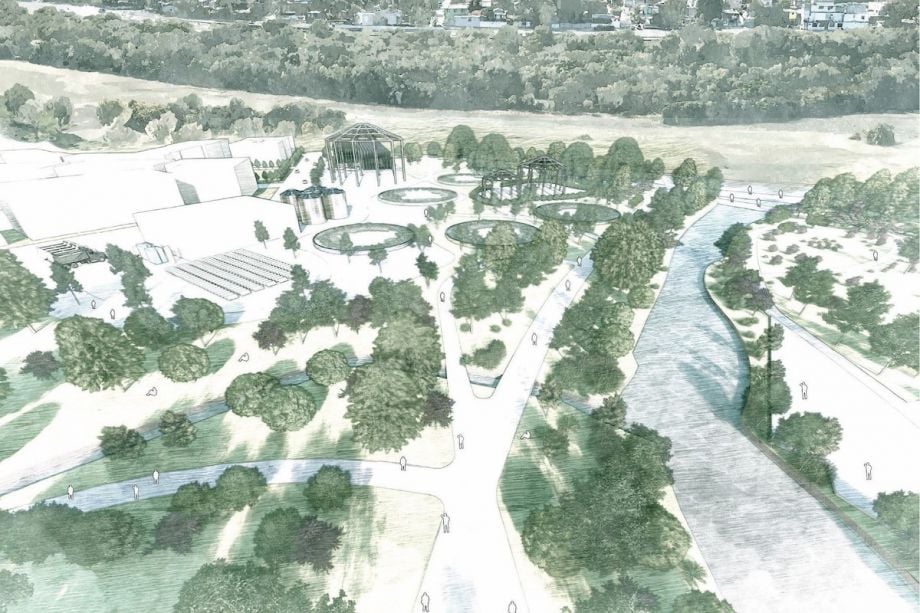


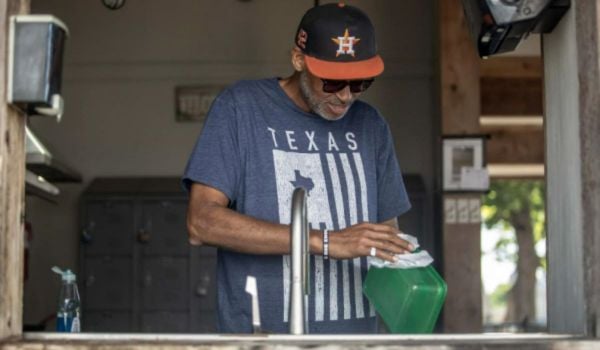
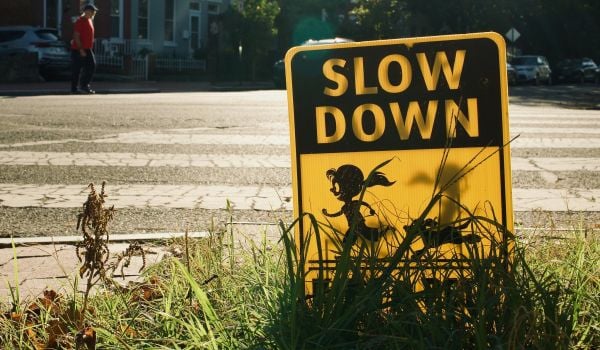
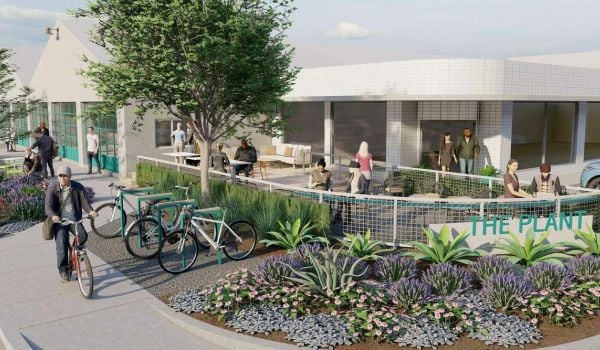










Add to the Discussion
Next City sustaining members can comment on our stories. Keep the discussion going! Join our community of engaged members by donating today.
Already a sustaining member? Login here.